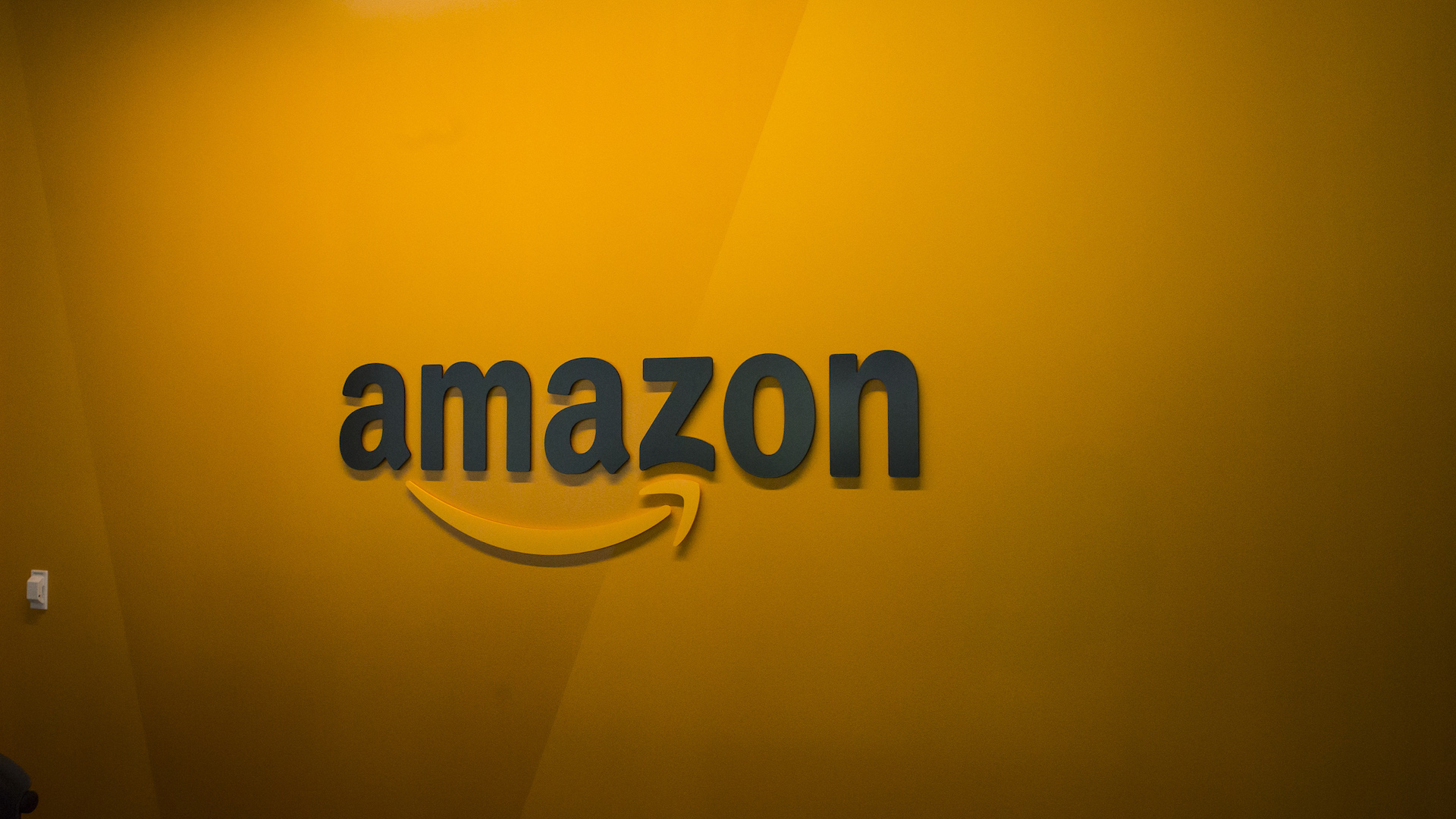

With the Trump administration’s UAS Integration Pilot Program giving a few companies and territories the go-ahead to test various drone technologies under loosened Federal Aviation Administration restrictions, the dream of standardized, nationwide drone delivery inches a small step closer toward reality. In the meantime, Amazon continues to file patent applications for seemingly any potential scenario under the sun. The tech giant’s 2016 “Hostile Takeover Avoidance of Unmanned Vehicles” patent, which attempts to prevent any potential hijacking of the company’s delivery drones, was finally approved last week.
“As the use of UAVs continues to increase, so does the likelihood of hostility towards UAVs,” the patent posits. “Such hostility may come in the forms of attacks brought for any number of purposes (e.g., steal the UAVs and their payloads, crash the UAVs, and otherwise cause disruption to the operation of the UAVs).”
The premise is not only logical, but absolutely warranted. We’ve seen rogue UAVs infiltrate public sporting events and encroach on personal property. For a company as colossal as Amazon, which presumably plans to own and operate a nationwide fleet of drones to maximize its delivery business, it’s not only a smart move to prevent hackers from taking over its infrastructure, but a necessary one.
The technology this patent details is essentially a quite basic communication template, under which Amazon’s unmanned traffic management (UTM) system would recognize when a drone has been taken over by outside party or not. Practically, the drone would receive a signal from command and be expected to return said signal to verify that it is, indeed, safely operating of its own agreed upon volition.
“This may be achieved by the UAV periodically detecting a known signal expected to be received according to a fixed interval and/or according to some other communication scheme,” the patent read. “Thus, so long as the UAV is receiving the known signal, and in some cases, sending the response signal, it is assumed that the UAV is operating appropriately.”
Ultimately, while this is still quite a primitive method to ensure a drone hasn’t been commandeered by an unwelcome party, it’s certainly a step in the right direction. Naturally, it would only be a matter of time before hackers understand the coding and develop a program of their own, which would send signals back to Amazon and tell its UTM that everything is alright. However, as it stands, the company seems to have its head in the game, slowly but surely ticking off the boxes necessary to jump into the aerial delivery game as soon as legislation breaks down the barriers.
We’ve reported on Amazon’s drone-related patents before, with some of them making complete logistical and preventative sense and others generating the type of vivid imagery you’d normally find in science-fiction. On the other hand, we are at a point in drone technology that would almost seem surreal only a few years ago, and with Amazon at the forefront of this industry, the company is likely more in the know than the rest of us. Who knows, this particular patent, which was filed two years ago and will likely remain unused for at least another two, could ward off nefarious hackers of the future when the time comes.